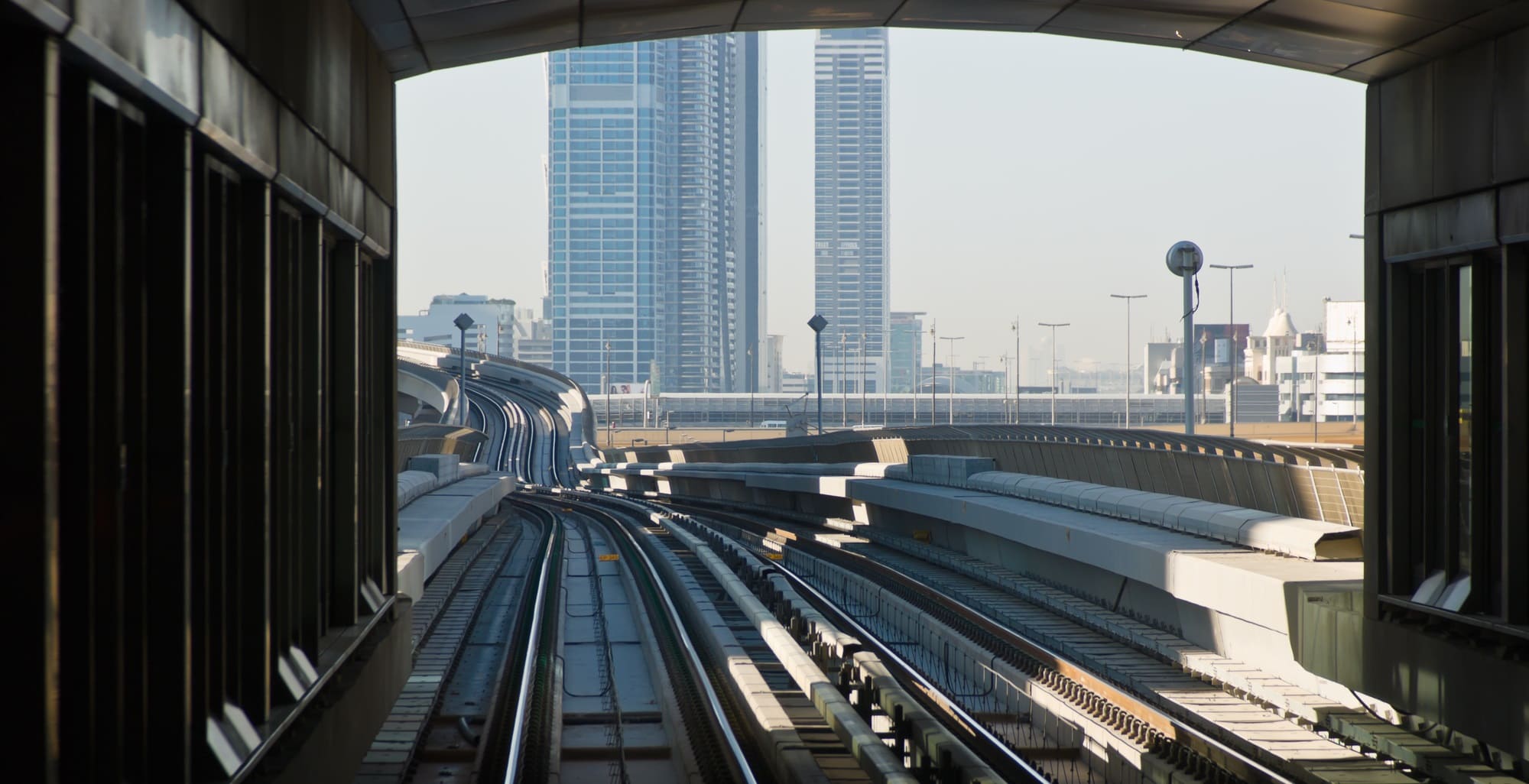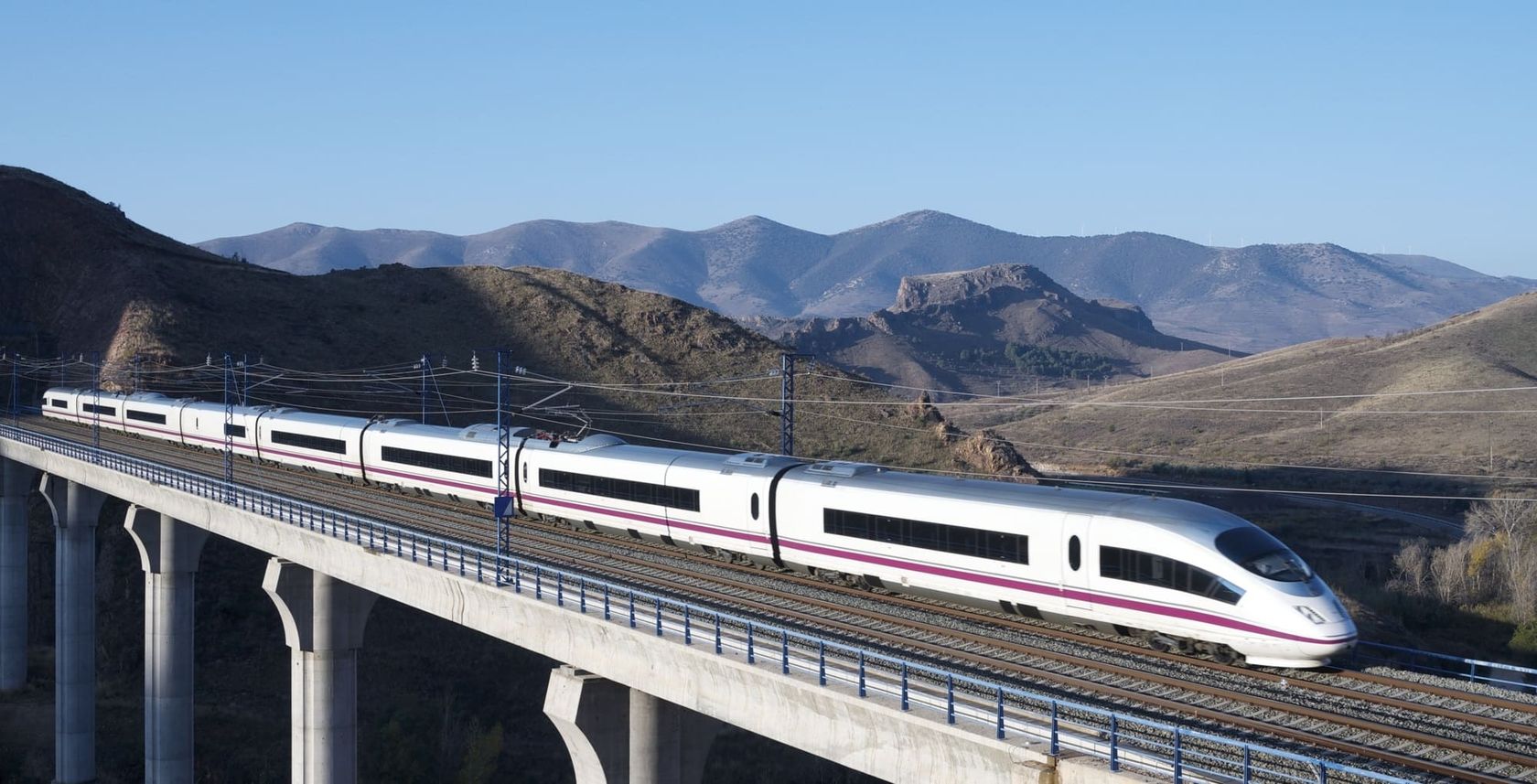Five years later, at an international industrial exhibition in Paris, it was awarded the Grand Prix. Over time, it became a symbol of Donetsk and was even displayed on the coat-of-arms of Donetsk region. But few people know that this tree, exotic for our latitudes, was forged not just from a piece of iron, but from a whole steel rail. After all, steel for rails was one of the main types of products that were produced at the enterprise.
Mertsalov’s palm tree has become more than a symbol of one industrial region in modern Ukraine; it is also a link between the steel industry and railways, which have been developing side-by-side for the past 200 years.
Iron rails: history and development
The first rails appeared in mining in the 16th century. However, these were primitive wooden structures along which ore cars moved. In the second half of the 17th century, the British industrialists of Derby, who owned the factories in Colbrookdale (today this village is known as part of the Ironbridge Gorge along the River Severn), also began to use wooden railroads. Steel began to be used for rails a little later. Over time, wooden structures were replaced with iron plates. This significantly increased the volume of transported goods using horse traction. Near the end of the century, in the coal mines of Sheffield, the wood began to be strengthened with iron strips and squares.
Around the same time, English engineer and inventor Benjamin Outram mastered the production of cast iron rails. But they were initially produced in doubles, connected at the bottom by an edge, looked like a plate (which led them to be called a plateway) and were about 1 metre in length. Such rails were used until about the 1830s.
Edge rails, similar to modern ones, appeared in England in 1789. They were single rails, about 1.5 metres long, without flanges (protruding parts that were transferred to the wheels) and were attached to transverse beams and sleepers. But they were also made of cast iron, so the products were fragile and wore out quickly.

Only after the mastering of puddling technology and the sharp reduction in the cost of iron did rails begin to be produced from this material, rather than cast iron. The first rail rolling mill was invented in 1828. This increased the length of one rail to more than 7 metres. But they were rolled from packages of wrought iron that were welded together.
The mass production of steel to manufacture rails began in the second half of the 19th century, when steelmakers mastered the production and rolling of Bessemer steel. Such rails were much stronger than welded ones.
At the end of the 19th century, steelmakers had to deliver more and more cargo (ore, coal, etc) and only the railway could meet this transportation need. Steelmaking and the railway came to Ukraine after the discovery of large mining reserves in the Donbas and Dnieper regions , and have been developing actively and continuously since then.
It should be noted that due to national characteristics, there are more than 15 popular railway standards in the world, which differ by track width. For example, Ukraine belongs to the so-called “1520 space” because we have a track gauge of 1520 millimetres. The most popular European track in the world is 1435 millimetres. It is used in the countries of Eastern Europe that border our state. Therefore, there are infrastructural limitations for transporting passengers and cargo from Ukraine to Europe. Often, on the border with other states, it is necessary to change the carriages of cars with narrow wheelsets for wide ones or vice versa, which takes several hours. While high-speed trains use wagons with variable gauge systems, they are much more expensive than standard ones.
Where rails are used
When many of us think of rails, the first thoughts that come to mind are of night trains and the calming knock of their wheels, or the trams that course through many major cities in Ukraine and elsewhere in the world.
But depending on their area of application, they can also be defined as narrow-gauge rails, mine, crane, point, guide, switch point, wing, etc.
They are used not only for transporting passengers and cargo. For example, crane rails can be seen at almost any large construction site or industrial plant. They are used for the crane runways of port, tower or bridge cranes.
Most of steel in this steelmaking segment is produced for rail transport, though. This is due to the widespread development of the railway network, as well as the need to update existing ones. The length of railway tracks in 151 countries of the world exceeds 1.37 million kilometres. In Ukraine, there are about 26,000 kilometres. The US and China, which lead this rating, have around 257,700 kilometres and 154,000 kilometres, respectively.
In addition, in recent decades, the world has been actively developing high-speed passenger railway communication. It requires separate routes on which cargo trains do not run. And fight to improve the environment has led to the development of electric transport in large cities, in particular, tram networks and the metro.
Modern rail standards for railways allow for the following lengths: 12.5; 25; 50 and 100 metres. The length of continuous welded strings ranges from 400 metres to the section length. While this eliminates the familiar knocking of the wheels, it achieves significant savings during installation and reduces the wear of rolling stock.
Not just the rails: what else do steelmakers produce for railways
Rails are only part of a railway or tram track. Usually, this is a complex of engineering structures comprising several components made of steel.
In particular, this includes rail fasteners:
- plates connecting rails with sleepers
- side plates that connect the rails to each other
Metinvest Group’s Azovstal produces steel for rails. It is the only manufacturer of main railway heat-treated rails in Ukraine. Since 1952, the company has been producing such products for type P50, P65, C49, OR50, OR65 and UIC60 wide-, normal- and narrow-gauge rails. Metal to manufacture rails is made of the K73F, K76, K76F, 900A, 70sp, 63 and other steel grades.
Azovstal has also operated a rail fastening workshop since 1958. It produces steel rail chairs for wooden and concrete sleepers, as well as fishplates for P50, UIC60 and P65 rails. As such, Azovstal can satisfy the “turnkey” needs of railway staff in Ukraine and other countries.
Over the past decade, Azovstal’s rail and structural shop has also mastered the production of various standard sizes of crane rails, including those for high-capacity overhead cranes. They are used by seaports, industrial enterprises and construction companies.
In 2019, the Group produced roughly 49,000 tonnes of rail products.

The future of rail products
Ukraine’s national rail carrier, Ukrzaliznytsya, is the country’s main consumer of rails. The company must currently update about 500-700 kilometres of tracks a year. These volumes relate only to repairs and replacement of worn-out areas. If the Ukrainian budget finds funds for the development of railway infrastructure, then it is possible that the country’s railways will need thousands of tonnes of additional rail products for new tracks that will connect its major cities. As recent examples, we recall the construction of a second track between the Kamysh-Zarya and Volnovakha stations. This project made it possible to significantly increase the throughput of the railway section that connects Mariupol with other cities in Ukraine.
Local governments that received resources as part of decentralisation to develop a tram network in 17 cities around the country can also stimulate the demand for rails. After all, it is a convenient and environmentally friendly type of transport that is popular all over the world. Other countries can also act as an example. In Europe, North America and some countries of the Middle East, the last 30 years have seen a revival of tram lines that were closed in the middle of the 20th century. Paris, Strasbourg and Istanbul are among them. New lines are being designed and put into operation in Spain, Ireland and other countries around the world. Sometimes, this includes not just a tram, but a combination of this transport type with metro and commuter trains.
We can hardly expect such extraordinary global demand for rails as in the 19th and 20th centuries. After all, most major cities are already connected by rail transport. However, in some parts of the world, projects may appear to reconstruct the existing network or build new tracks, for example, for high-speed passenger trains or for the transportation of heavy cargo. For example, Ukraine is considering the possibility of building a narrower European gauge, which will make is possible to transport passengers and goods across the border to the countries of Eastern Europe without any additional loss of time.
This could be stimulated by the aviation crisis in 2020. The first half of the year suffered almost a complete shutdown of air travel and, as a result, a reduction in the transport of passengers and cargo by aircraft.
New types of rails will be needed to strengthen the role of railways: high-strength, long lengths that will reduce the costs of transport companies and improve the operational performance of the tracks. This will allow trains with goods to travel from China to Europe in two weeks, while sea transportation takes about a month.
